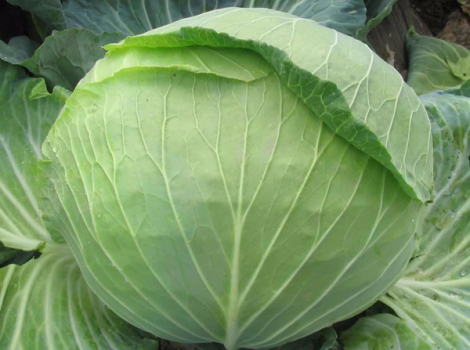Why can eggplant leaves turn yellow in a greenhouse
Eggplant is considered one of the most unpretentious plants. However, it can be exposed to a large number of diseases, quickly responds to changes in soil, temperature changes. Most often, culture dissatisfaction is expressed by a change in the color of the foliage - it turns yellow and curls. And even if you were able to create the necessary conditions for growing eggplant in a greenhouse, minor mistakes in care can lead to very disastrous consequences. In this article, we will learn why the lower and upper leaves of eggplant can turn white and what to do about it.
The reasons why the lower leaves of eggplant turn yellow and fall
The eggplant plant is somewhat weaker than the tomato bush. From this and the difficulties with him are much more. The problem with yellowing of foliage is often found not only in open beds, but also in greenhouse conditions, and even on a windowsill. The situation can be aggravated by the fact that the yellowed leaves begin to fall off. And in order to correctly determine the cause of the problem, it is recommended to carefully examine the culture. The reasons why leaves turn yellow can be very different. The easiest one is to adapt to a new transplant site. The vegetable may turn slightly yellow after planting. But after the seedling takes root, the eggplant turns green again.
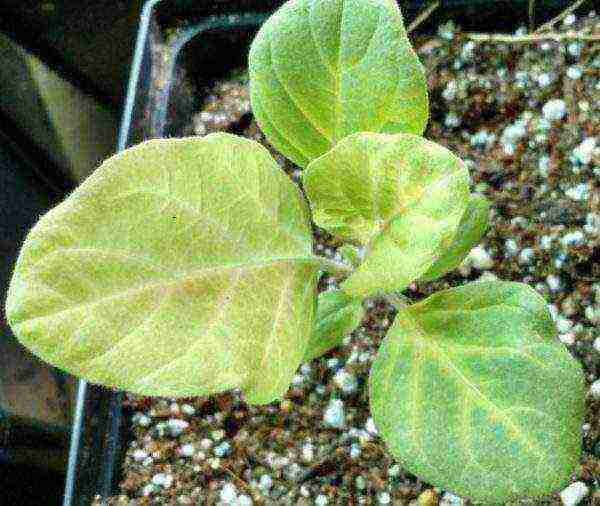
Often, gardeners, growing seedlings, are faced with the fact that they turn yellow. This happens because a young sprout needs a lot of macronutrients and nutrients.
Improper care of seedlings
White or yellow spots may appear in the following cases:
- yellowing of foliage can be caused by peat soils on which eggplant is grown;
- lack of ventilation;
- sun or lighting burns;
- watering and spraying in sunny weather, using cold water for irrigation;
- low levels of potassium, macronutrients and other nutrients;
- drought;
- lack of nitrogen, which the eggplant needs for normal development. Only this component helps to fight yellowness on foliage.
Diseases or pests
If you notice that the leaves of a vegetable crop turn yellow, the reasons may be as follows:
- mosaic of leaves. Light spots are formed on their surface. Ripe fruits harden. Most often, this problem occurs when growing a vegetable in a greenhouse. This is due to insufficient lighting or a drop in temperature;
- fusarium wilting. The eggplant signals this with yellow leaves. The disease is dangerous, it can destroy the entire bush. Leaves lose color, turn yellow, fall off, twigs wither;
- fungus. It can get into the plant from the soil not only in the beds, but also in the greenhouse. The twigs curl, dry and fall off;
- seed of poor quality. It can be harvested from diseased plants or purchased from unscrupulous manufacturers.
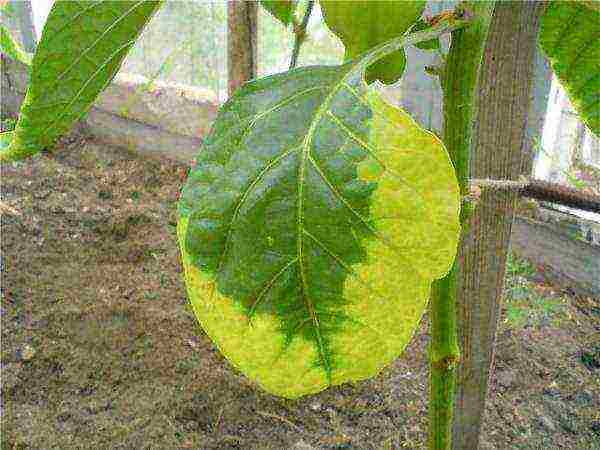
Quite often, the problematic issue is related to the eggplant variety. There is a possibility that it is not suitable for the climate of your area, the composition of the soil does not meet the necessary requirements.Another problem is violations of the rules of crop rotation. Eggplants are planted on the same bed for a couple of years in a row, or tomatoes or peppers turned out to be the predecessors of the culture.
Why white dry spots may appear on the leaves
The causative agent of white spot is a fungus. The root part of the culture is affected. On the affected areas of the stem, the disease manifests itself as a whitish bloom, sclerotia (hard inclusions) accumulate inside. After a while, they soften, which disrupts the nutrition from the root system, the bush dries and withers.
As a rule, such a problem of nature for seedlings that have just been transplanted to a permanent place, and the air is still quite cool. The seedlings may even shed yellow leaves.
What to do with yellowed leaves
It's no secret that any problem can be eliminated if you understand the reasons for its occurrence. First of all, the plant is examined to identify the presence of white and dry spots on it. At such a moment, it is recommended to use a magnifying glass. If necessary, the necessary measures can be taken to get rid of the problem.
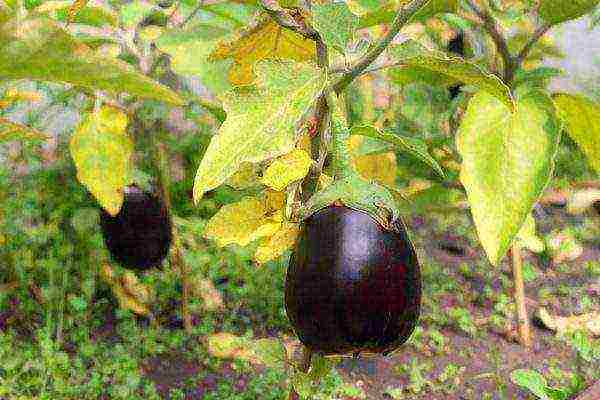
Top dressing of the soil
- be sure to feed the soil. Complex formulations are introduced that contain the necessary macronutrients and minerals;
- fertilizers containing nitrogen are used;
- many people use yeast or milk solutions as additional agents;
Eliminating watering errors
- when watering, the right amount of moisture is supplied;
- sometimes watering should not be done for several days to allow the soil to dry out;
Pest control
- one of the preventive measures is fungicide treatment;
- spraying with milk whey, infusion of onion or garlic husks, soapy water is carried out.
The solutions are applied to the surface of the affected leaves so that each area is treated. When the disease recedes, the eggplant regains strength and continues to develop.
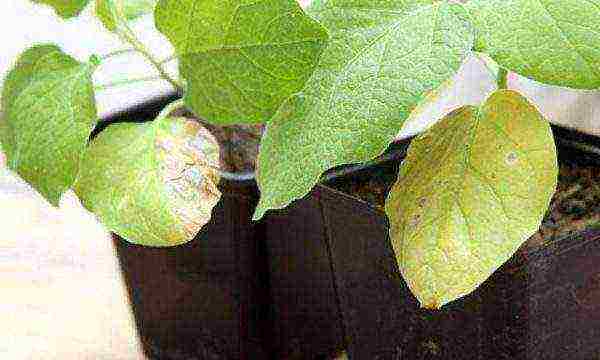
Greenhouse and outdoor white spot control methods
To avoid such a problem, you should properly process the soil, constantly clean the bushes from affected branches, leaves and stems, dusting problem areas with ash or chalk. Only warm water is used for irrigation.
It must be remembered that if timely measures are not taken, and the pallor of the eggplant leaves will be replaced by a pronounced yellowness, the plant may not even be saved. It will lose foliage and wither completely. Therefore, when deciding to grow eggplants, do not forget to provide them with the necessary nutrients. Remember that eggplant can reduce its yield several times from such problems.

